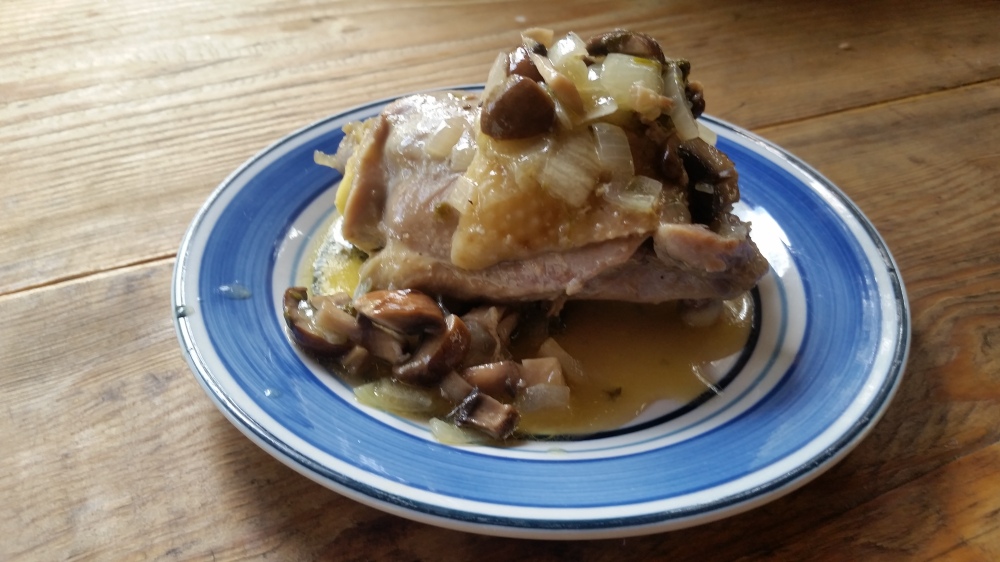
This chicken recipe wasn’t too involved…if you don’t mind quartering a chicken, and taking several steps during the cooking. So yeah, it wasn’t the easiest recipe by any means….but it was really, really good. The flavors were just excellent, and you have a chicken frame to put into broth afterwards, so it’s a budget-stretcher as well.
I don’t think I’ve ever tried a fricassee before, so I didn’t have anything to compare it to. A tangy, rich sauce and tender, flavorful chicken pieces are the only way I can describe it. The meat isn’t browned before cooking, so the sauce is light.
The first step, which comes with a handy illustration in La Cuisine, is to cut up the chicken. This isn’t as difficult as it might seem. Here is my chicken, imperfectly quartered, I’m sure, but it did taste good eventually:
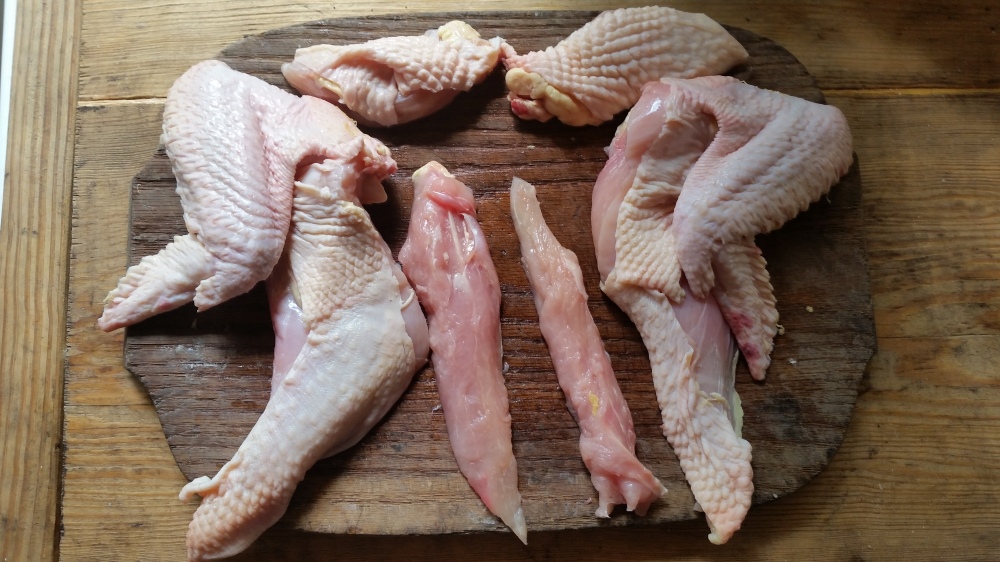
Wings, collar, and breast.
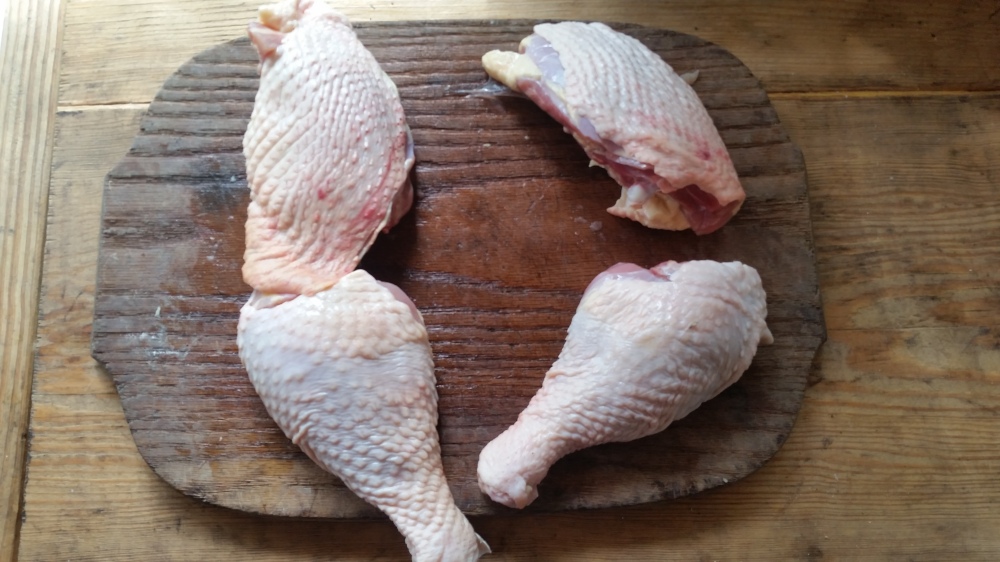
Thighs and legs.
Quartering a Bird
- For the Legs – stretch out one of the legs, and slice it off close to the body, cutting around the cartilage of the joint. If you study the carcass, you can actually see lines in the muscle under the skin of how to cut around. Next, find the joint somewhere near the middle of the thigh and the leg. Grasping the thigh and the leg and flexing it to see where it bends will send you in the right direction. Repeat on the other side.
- Next try the Wings – stretch one out away from the body, and notice how the muscles are attached to the neck/chest. Slice them away while pulling gently on the wing tip. Cut through the cartilage and the joint. Repeat with the other wing. Cut around where the neck was to get the collar of meat above the wings and breast.
- The breast can be a little tricky – start with the knife poised just to one side of the breast bone and cut straight down. Then gently pull away the breast meat while slicing right against the ribs. The floating ribs at the end can give trouble – just cut shallowly around them. There are 2 pieces to the breast – one piece will instinctively slip away from the other. Cut it free – this is supposed to be a separate piece for the fricassée.
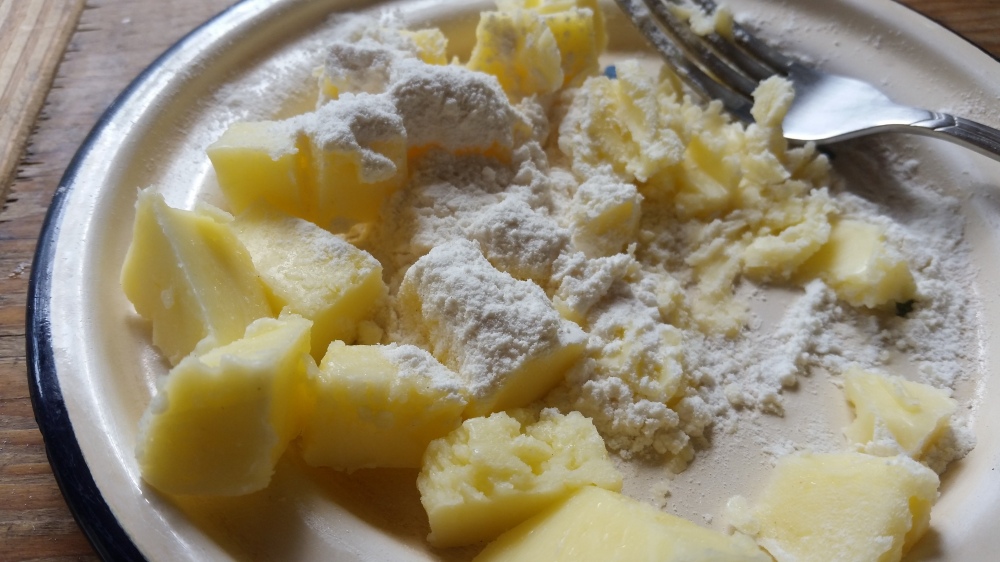
FRICASSEÉ DE POULET: A Direct Translation
Cut into pieces, as pictured, a cleaned and plucked chicken. Let it soak in tepid water, and then in cold water. Drain.
Put 60 grams of butter kneaded with 1 tablespoon flour, melt until it takes on a little color, pour in 1/3 litre of hot water, salt and pepper, add a bouquet of parsley, thyme, and bay at the same time as the pieces of chicken.
Cover with a piece of white buttered paper, and on top place the lid of the pot. Let cook 3/4 of an hour over a low flame. Add 12 small onions and 125 grams of small mushrooms and serve 15 minutes later, after removing the herbs and defatting the sauce. Thicken the sauce with 2 egg yolks and season with lemon juice.
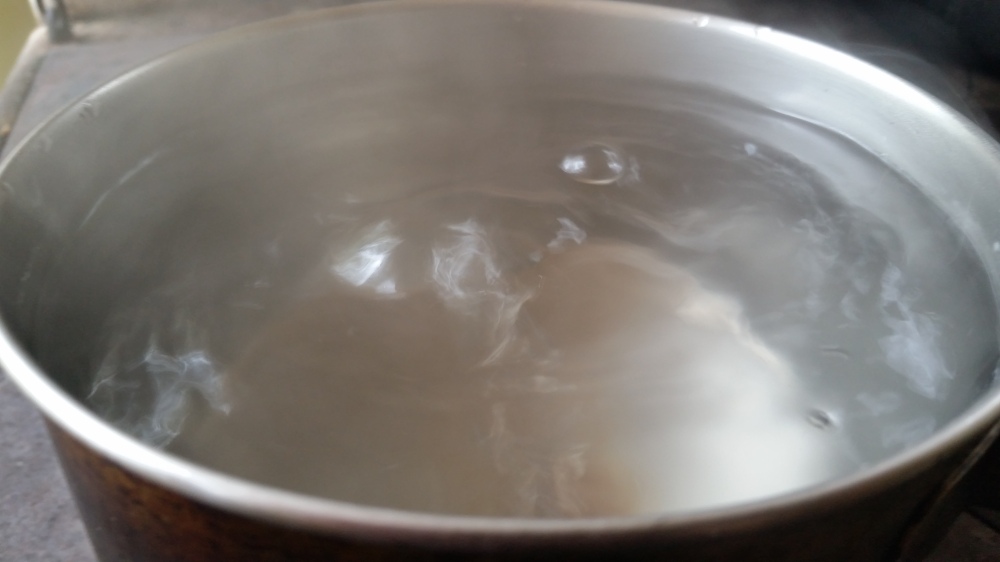
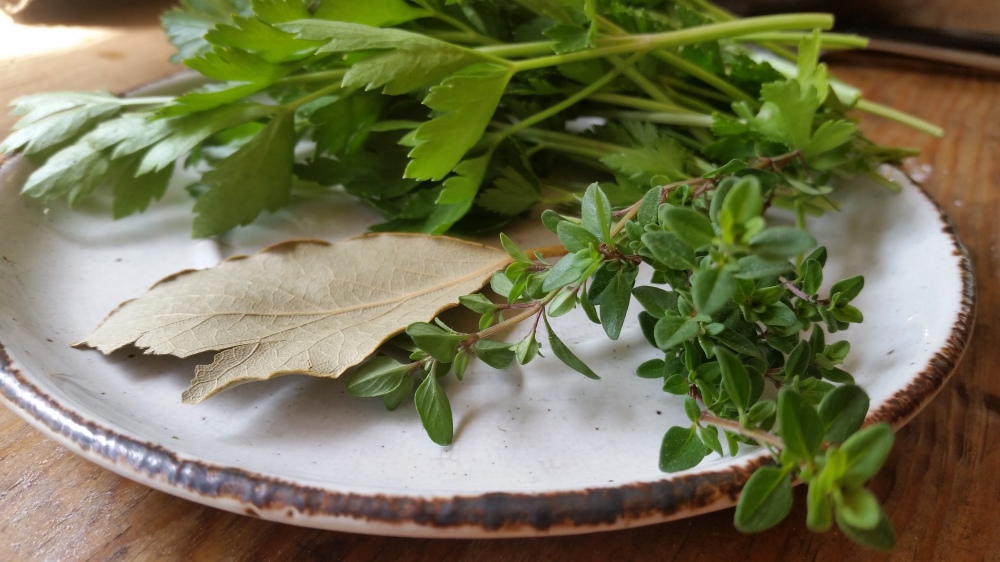
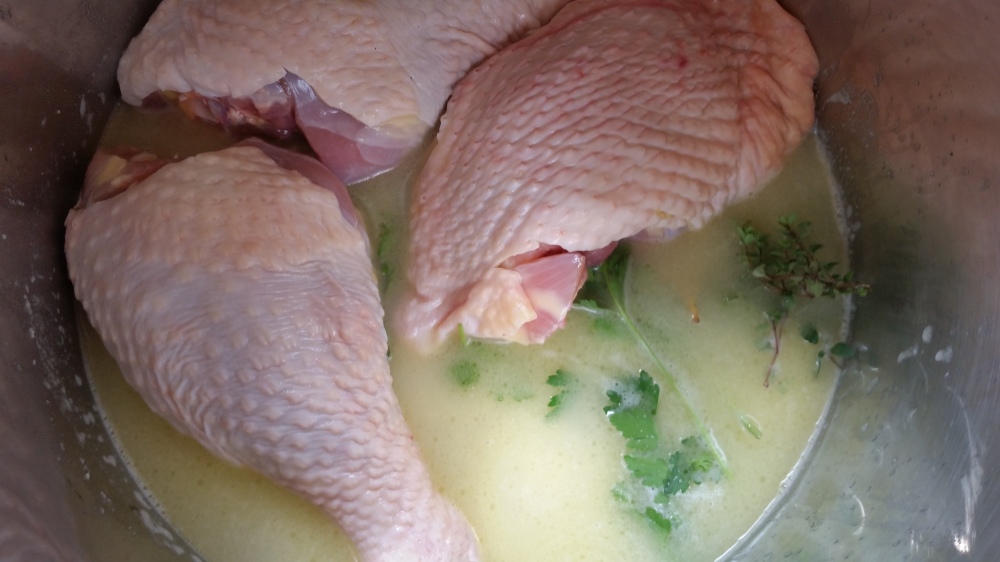
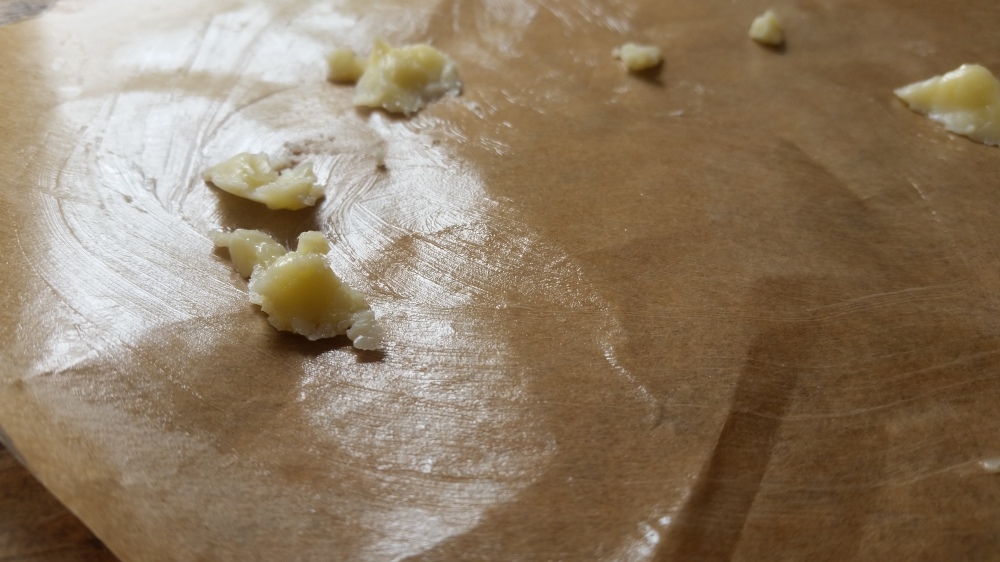
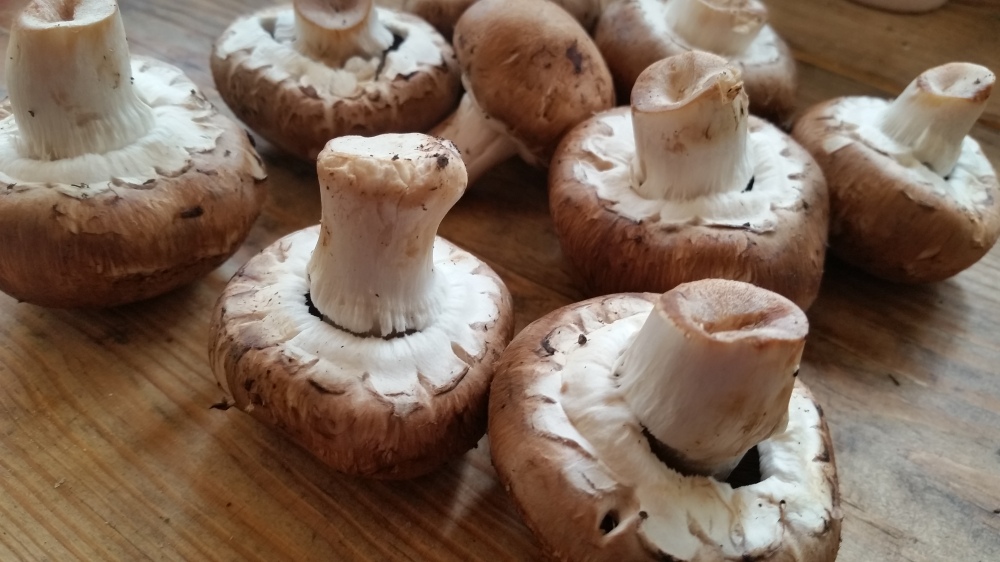
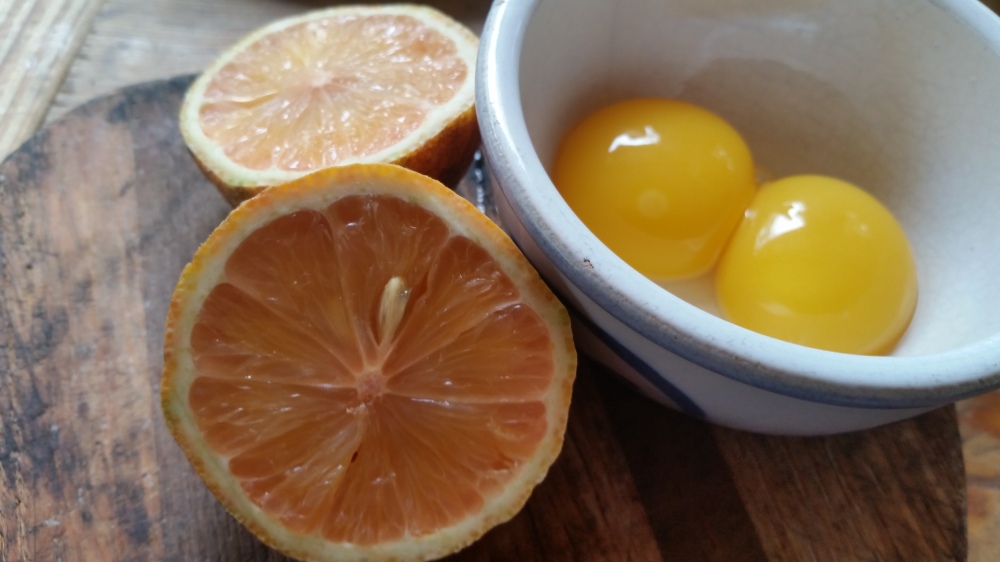
Chicken Fricassée – a modern version
1 whole chicken, quartered as per instructions above
4 Tablespoons butter
1 Tablespoon flour
2 2/3 cups of hot water
salt and pepper
1 bouquet of fresh parsley, thyme and bay leafe
1 piece of parchment paper, and extra butter
12 small onions (I couldn’t find small enough onions – I used 6 larger ones from the garden)
8-10 button mushrooms
1/2 of a lemon
2 egg yolks
- Begin by putting all the chicken pieces into a bowl and covering with cool water.
- Next thing to do is to put about a quart of good water on to gently heat up.
- Drain the chicken pieces, and set aside.
- Knead the 1 T flour into the 4T butter, and add it to a pot large enough to hold the chicken pieces comfortably. Let the butter/flour mixture brown slightly before measuring out 2 2/3 cups of hot water and pouring it in.
- Season the flour/butter/water sauce with salt and pepper, and now add the drained chicken pieces, as well as the bouquet of herbs.
- Cut a piece of parchment paper into a round that will fit inside the pot. Grease it with butter, and lay it on top. Put on the lid, and allow to simmer for 3/4 of an hour.
- Now slice up the onions and add them, along with the 8-10 mushrooms, sliced if you prefer. Cook for 15 more minutes (I took the lid off at this point)
- Remove chicken pieces with a slotted spoon, and transfer them to a serving dish. Carefully skim off any extra layer of fat on the sauce (if your chicken was a lean, bony chicken, you might skip this step. If it was a fatty lumpkin, you might actually have to skim off an inch or so of fat).
- Squeeze 1/2 of a lemon into the sauce. Beat 2 egg yolks in a small bowl, and add a spoonful of the hot sauce to them. Mix well, and then stir the egg yolk mixture into the rest of the sauce. Pour over the chicken pieces and serve immediately.
Don’t discard the chicken carcass left-over from quartering! Instead, make an excellent broth with it. It can become the base for a soup, stew, gravy, or pot of lentils or beans.
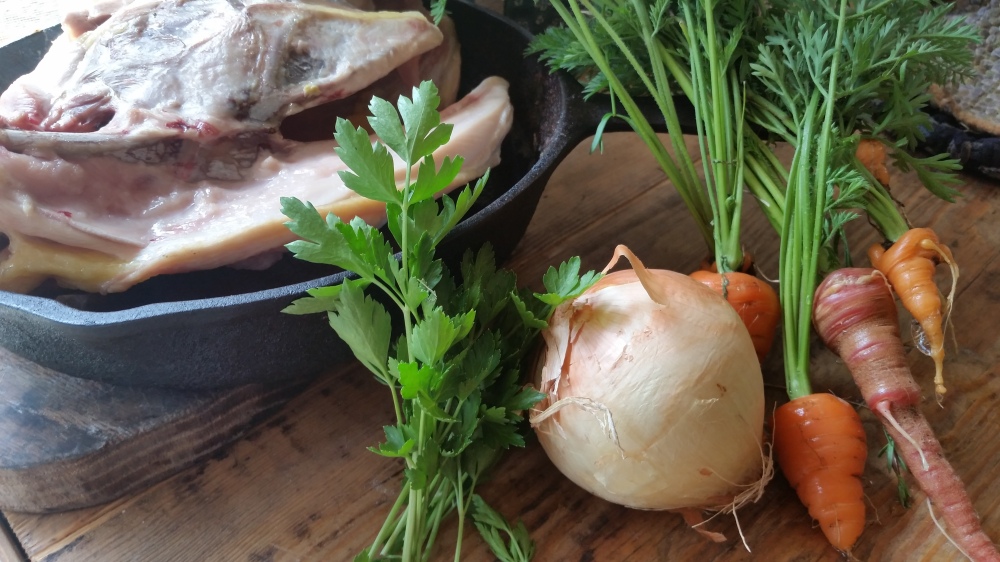
{My grandmother, Claudia Meraud, was born in Nice, France. She immigrated to the US after meeting my grandfather while he was stationed there as a US soldier in WW II. We spent several summers together, just the two of us, living with her sister in Nice. She passed along to me an old French cookbook titled title is La Cuisine: Guide Practique De La Ménagère by R. Blondeau, Chef de Cuisine. It originally belonged to my great-grandmother, Lucie Thomas, who was a native of St. Marie-aux-Mines in Alsace.
This cookbook was published in the 1930’s, and was written as a practical guide for a household cook before the days of the fridge and the food processor. The recipes are delicious, practical, and (of course) packed with good traditional nutrition.
I am creating translated versions of these antique recipes, re-written for the modern cook, and tested with home-grown and seasonal food.}
2 Comments Add yours